Origin and definition
Origin of Robot: from the Czech word robot, derived from robota (forced labour), by which the Czech writer Karel Čapek referred to the automatons working in place of workers in his 1920s science fiction drama R.U.R. (Rossumovi Univerzální Roboti – Universal Robots of Rossum).
Robot: an automatic device programmed to perform one or more tasks.
Robotics: the branch of technology that deals with the design, construction, operation, and application of robots.
“Robotics is the intelligent connection between perception and action” by Michael Brady founder of the Robotics Research Group at Oxford University.
Automata: from the Greek αὐτόματα, meaning ‘to act of one’s own will’.
Word usage
Since 1800, Automaton, or its plural Automata, has been used to mean a mechanical figure or device built to act as if it had its own motive power.
Since 1920, after the RUR book mentioned above, Robot has been used more to refer to the same concept of an automatic machine.
This can be seen with the Google tool that tracks word usage in books.
One can also note the trend of searches over the last twenty years on Google.
Myths and Legends
In ancient Egyptian legends, statues of deities, mostly made of stone, metal or wood, were animated and played a key role in religious ceremonies. In the New Kingdom of Egypt, from the 16th to the 11th century BC, the ancient Egyptians often consulted these figures for advice. The statues responded with a movement of the head.
Another myth is that of Daedalus who used quicksilver to install the voice in his moving statues.
The concept of robots and self-propelled objects appears in the works of the ancient Greek poets Hesiod and Homer (750 – 650 BC)
Talos
Around 700 BC, Hesiod tells the story of Talos, who can be considered the first ‘robot’ in mythology.
A bronze giant who guarded the island of Crete, one of the three wonderful gifts fashioned by Hephaestus, god of invention and technology.
Pandora
The myth of Pandora, first mentioned in Hesiod’s Theogony, is another example of a mythical artificial being.
Hesiod described Pandora as an artificial, evil woman built by Hephaestus and sent to Earth by order of Zeus to punish humans for discovering fire.
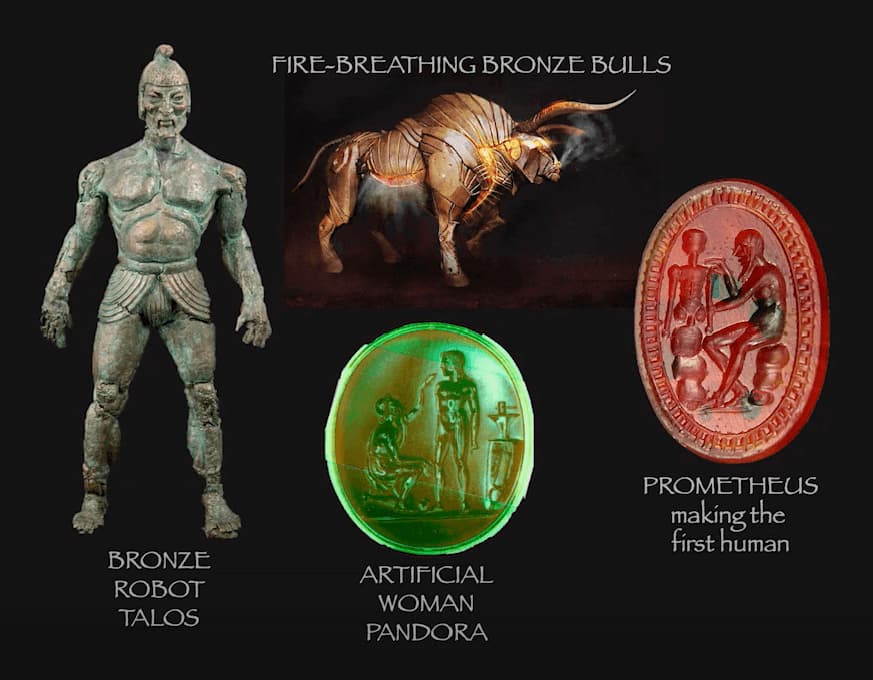
Creditds: TALOS, PANDORA, PROMETHEUS & FIRE-BREATHING BRONZE BULLS by Adrienne Mayor
Lei Zei
The automaton is first mentioned in a Chinese text by Lei Zei from the 3rd century BC. It tells of the meeting between King Mu of the Kingdom of Zhou and the mechanical engineer Yan Shin.
The latter, proud of his work, presented the king with a robot in human shape and height that had mechanical parts inside that replicated the functioning of all internal organs.
To learn more about ancient robot legends, you can read Adrienne Mayor’s book: Gods and Robots
Automata in ancient history
During the 9th century, in Baghdad, the Banu Musa were three brothers who devised an ‘automatic flute player’. This is thought to have been the first working example of a programmable machine. Steam was used to create the sounds of the flute, which could be adjusted by the user to enable different melodies.
At the turn of the first and second millennium, the Chinese inventor Su Song created a mechanical clock over ten metres high that, thanks to a complex set of gears, was able to mark the time and move dummies.
Ismail al Jazari (1136 – 1206) from Diyarbakır in what is now Turkey, designed and built various mechanical devices and robots, including kitchen utensils, automatic musical instruments and the first programmable humanoid robot.
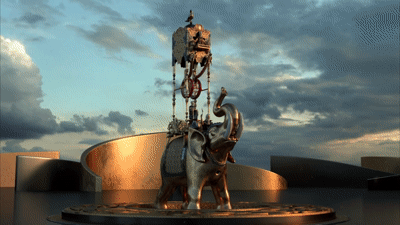
The first documented design of an automaton is signed by Leonardo da Vinci and dates back to 1495. A mechanical knight in armour, who was apparently able to stand up, wave his arms and move his head and jaw.
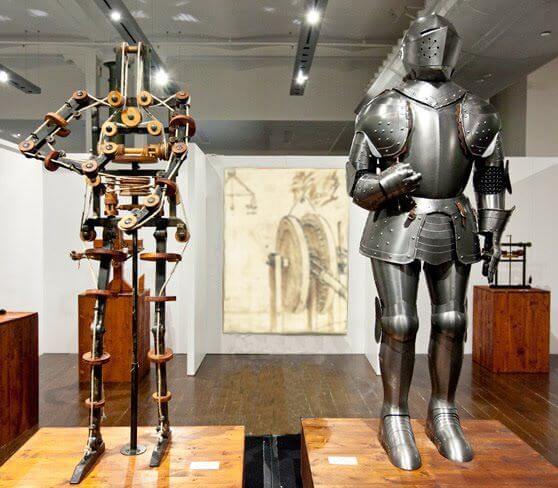
Visionary forerunners
Leonardo Torres y Quevedo was a Spanish civil engineer and mathematician in the late 19th and early 20th century. Torres was a pioneer in the development of radio control and automated computing machines, the inventor of a chess automaton.
George Devol American inventor and founder of the first robotics company in history in 1962: Unimation.
Joseph Engelberger Licensed the original patent granted to inventor George Devol, Engelberger developed the first industrial robot in the United States, the Unimate, in the 1950s. Subsequently, he worked as an entrepreneur and vocal advocate of robotics technology beyond the manufacturing plant in a variety of fields, including the service industry, healthcare and space exploration.
First modern robots
In 1898, at New York’s Madison Square Garden, Tesla demonstrated a remotely controlled submersible robot by radio, the first ever of its kind.
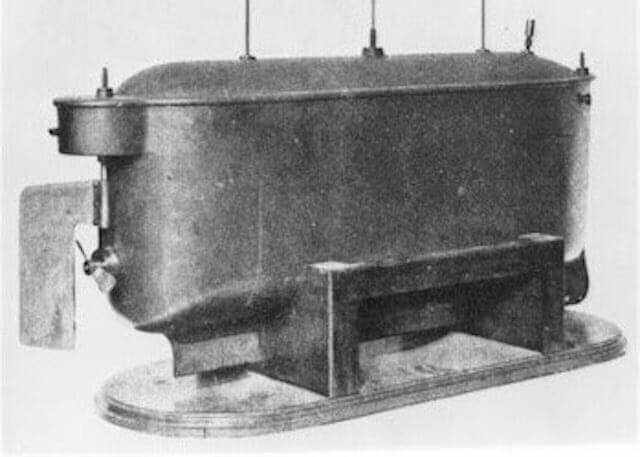
Eric was the first British robot, built in 1928 by World War I veteran Captain William Richards and aeronautical engineer Alan Reffell. It was built to open the Society of Model Engineers’ exhibition at London’s Royal Horticultural Hall in 1928, after George VI (then Duke of York) cancelled and the exasperated Richards, secretary of the exhibition, offered to ‘make a tin man’ take the Duke’s place. At the opening of the event, Eric stood up, bowed and gave a four-minute welcome speech.
In 1939, Elektro, an android robot capable of talking to visitors, was presented at the New York World’s Fair, accompanied by Sparko, the first robot dog in history.
In 1948, the American W. Grey Walter developed a ‘turtle’ that could move autonomously. Equipped with sensors and two motors, it explored the environment similarly to the real animal.
In 1954, George Devol designed the programmable robot Unimate. A few years later, it was used on the General Motors assembly line and thus became the first industrial robot to go into operation.
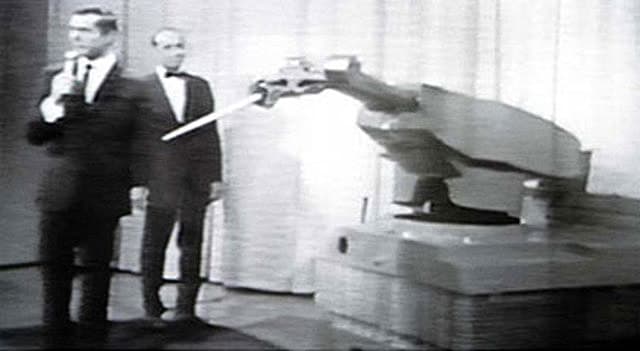
At the same time, the first mobile industrial robots also appeared. In 1954, Barrett Electronics Corporation released the first electric vehicle that did not require a human driver, what we know as the first AGV (Autonomous Guided Vehicle). AGVs acquired more complex behaviour in the 1980s as technology advanced and by the 1990s we found AGVs with much more precise sensors and lasers.
Shakey was the first mobile robot, designed in 1966 by the Standford Research Institute, capable of reasoning about its actions. While other robots had to be instructed on each individual step in the completion of a larger task, Shakey was able to analyse commands and break them down into basic parts by itself.
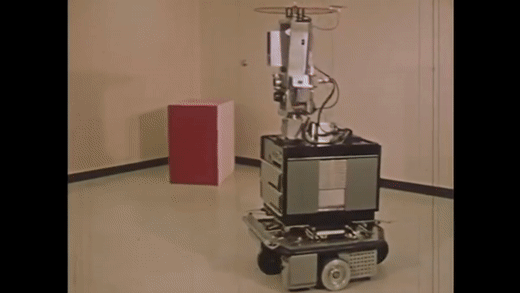
1963: The computer-controlled Rancho Arm was invented to help disabled patients at the Californian hospital Ranchos Los Amigos.
Between 1968 and 1969 there was a real robot race. In succession, the first computer-controlled robot and the first robot with a visual system were designed and built.
WABOT-1 in 1972, Japan’s first life-sized intelligent human robot. It was able to walk unaided and grasp and carry objects thanks to tactile sensors in its hands. It was also able to communicate in Japanese thanks to a sophisticated cranial sensory system that included ears, eyes and mouth.
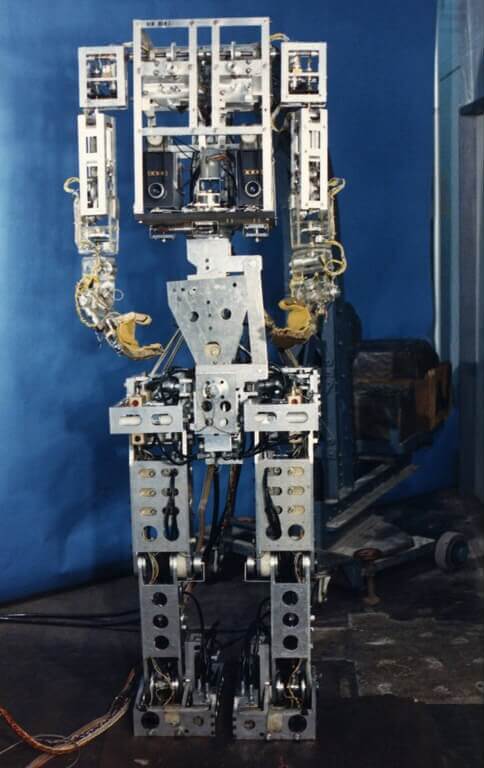
1989: Rodney Brooks created Ghengis, a hexapedal robot designed to traverse difficult terrain. Ghengis was modelled on organic insects, which have very limited intelligence but possess relatively incredible physical aptitude. It was notable for its cheap construction and development time, which gave rise to a trend of incremental development in robotics.
Cyberknife invented by John Adler in 1994, a robotic surgery system for brain and spinal surgery, later cleared by the US FDA. First used at Stanford University, this robot used robotic positioning and radio imaging to promote ultra-fine precision in delicate medical procedures.
1997: The robot rover Sojourner lands on Mars. It was able to collect environmental data and conduct numerous scientific experiments, the results of which were transmitted to NASA. The on-board computer enabled it to react to unplanned events and obstacles, even with minimal data.
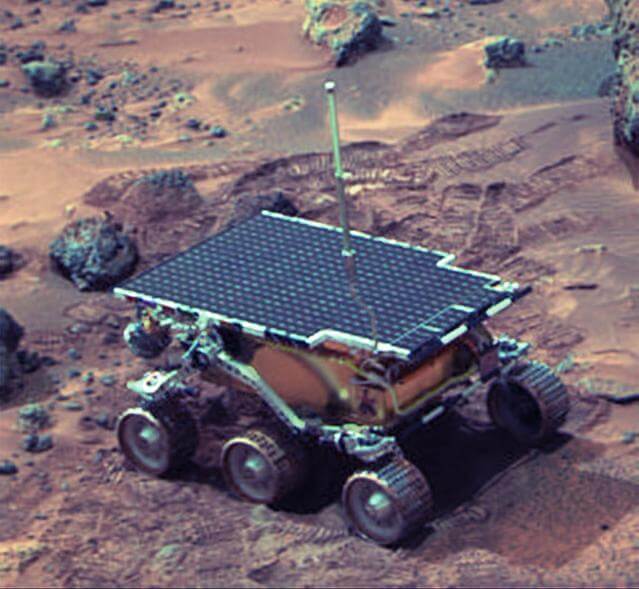
In recent decades
As read above, robots originated from manufacturing, particularly the automotive industry, to perform heavy and repetitive tasks, but in recent years they have learnt many skills to get closer to humans.
The Roomba consumer robot was released in 2002 by iRobot and is widely adopted in the US.
Kuka Robotics, launched its first cobot in 2004, LBR 3. This was the result of a collaboration with several companies. Universal Robots, one of the world’s largest cobot suppliers, released its first cobot in 2008
A major achievement in robotics is the humanoid Sophia the Robot, the first robot to hold citizenship, which was awarded to her by Saudi Arabia in 2017.

2019: Researchers at the University of Pennsylvania create millions of nanobots in a matter of weeks using semiconductor technology. They are small enough to be injected into the human body and controlled remotely.
Who will win the challenge between Nanobots Vs Stem Cells?
The ‘school’ the robots attended was not so boring because they learned to:
Walk
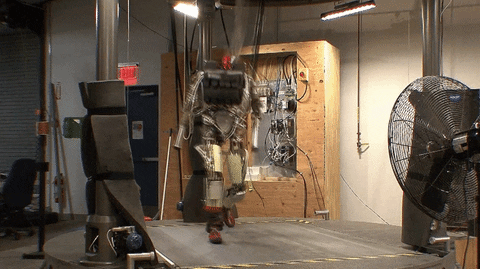
Play (with Obama)
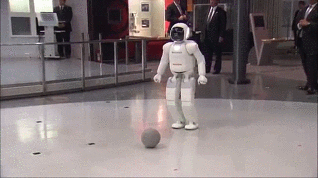
Dance
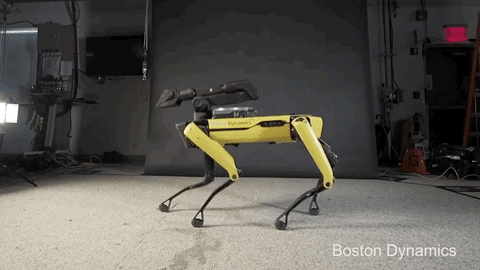
Even making mistakes
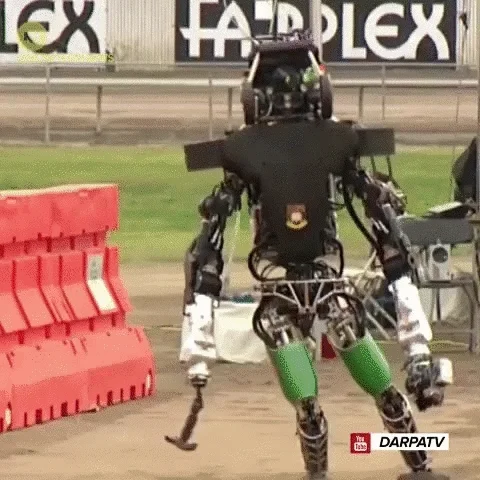
Role of science fiction
Science fiction films have shaped culture by creating stereotypes about automatons.
In the West, robots are seen as dangerous and wanting to take over the world at any moment, as in most movies on this subject robots are portrayed with a negative aspect (Frankenstein, Terminator, Mysterious Doctor Satan 1940, Hardware – Lethal Metal 1990).
At the opposite end of the spectrum is the East, such as Japan, where robots are seen as friendly and always ready to help mankind, many robot superheroes in various films and manga.
Not only Hardware
If robots have evolved, it is not only due to developments on the hardware, but especially on the software, which has made great strides thanks to artificial intelligence.
Machine learning has enabled the first self-driving cars, robot dogs and hotels run entirely by robotic staff.
Thanks to new programmes and algorithms, robots became more flexible for new uses and more usable even for people not skilled in this field
1997: IBM’s Deep Blue computer defeated chess champion Garry Kasparov, heralding a historic milestone in the ability of robotic AI to plan and react.
Conclusion
The history of robots has perhaps unexpectedly ancient origins, instead expected is a future full of androids, no sector of the economy will be able to do without robotic technology.
That said, we must not lose our skills, but maintain a human-robot balance

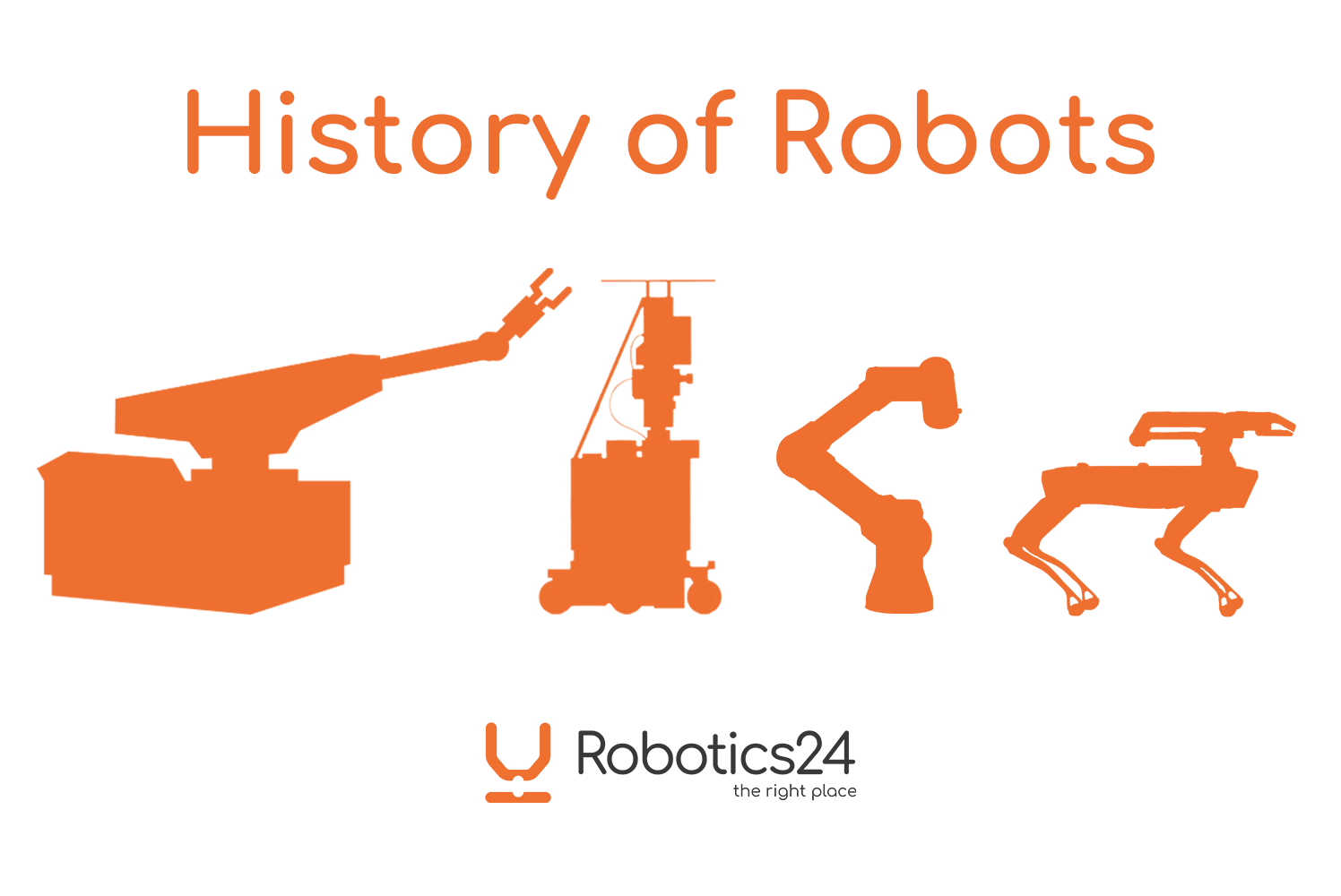
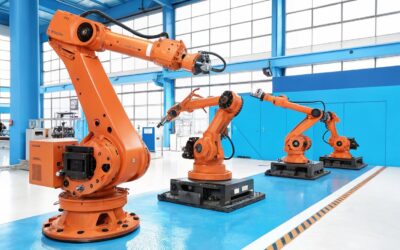

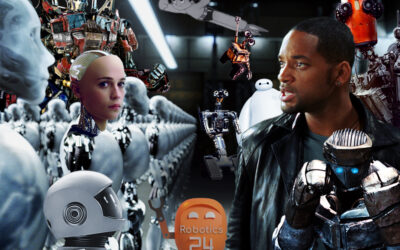
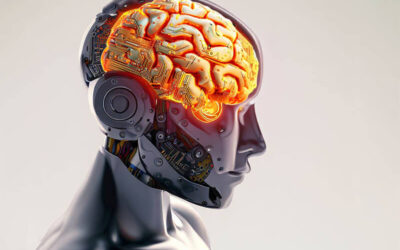
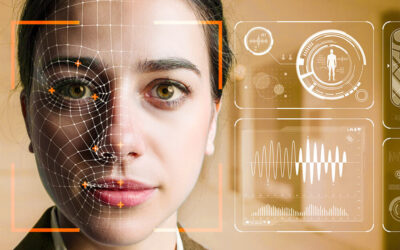
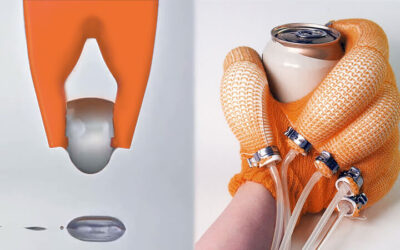
0 Comments